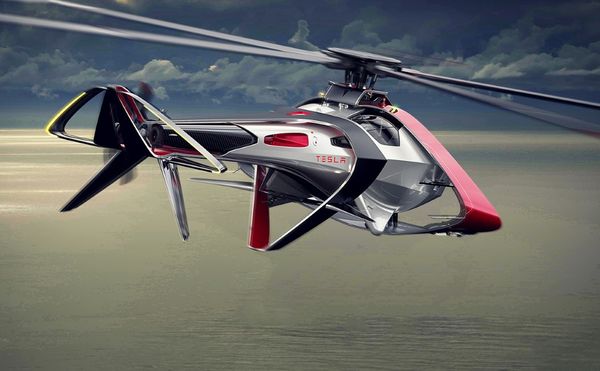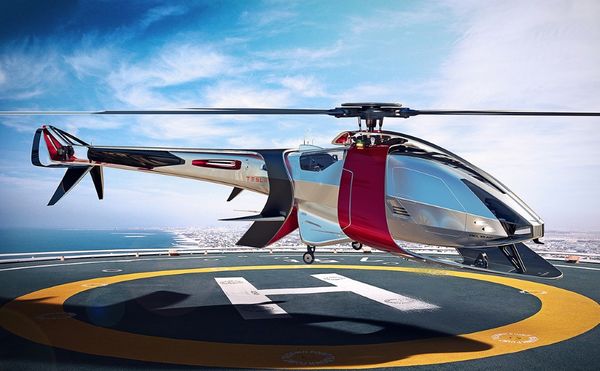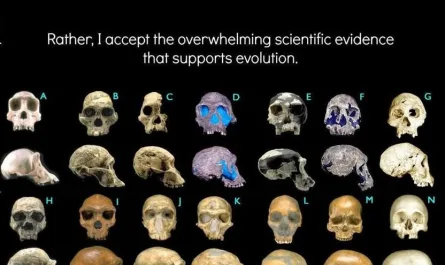Elon Musk, a name synonymous with groundbreaking innovation, is once again reaching for new heights—this time in aviation. Musk is exploring a bold concept: an electric supersonic vertical takeoff and landing (VTOL) aircraft.
Why an Electric VTOL Aircraft?
Musk’s vision isn’t just a lofty dream; it stems from the unique advantages of electric propulsion. Unlike traditional combustion engines that struggle with efficiency in thin air at high altitudes, electric propulsion thrives, becoming more efficient as the plane ascends.
But this idea isn’t just about technological achievement. It’s about tackling one of aviation’s most pressing challenges: environmental sustainability.
The Challenges of Modern Aviation

Aviation, while essential for global connectivity, is a significant contributor to greenhouse gas emissions:
- 2.1% of all human-induced CO2 emissions stem from aviation.
- Aircraft account for about 12% of transportation-related CO2 emissions.
- In 2019, before the pandemic, aviation supported 88 million jobs and transported 4.5 billion passengers, highlighting both its economic importance and environmental cost.
While industries like automotive are pivoting toward cleaner energy, aviation remains heavily reliant on fossil fuels. Musk sees this as an opportunity to innovate—not just for progress, but for the planet’s future.
Musk’s Electric VTOL Concept
Elon Musk has hinted at his vision of a supersonic electric VTOL jet, sparking enthusiasm in tech and aviation circles. Here’s how he aims to bring this futuristic aircraft to life:
- Electric Propulsion: Electric engines outperform traditional jets at high altitudes, taking advantage of the thinner air.
- Solar Integration: Advanced photovoltaic materials could harness solar energy mid-flight, enhancing the aircraft’s efficiency.
- Sustainability: These innovations aim to minimize aviation’s dependence on fossil fuels, cutting emissions and paving the way for a greener future.
Overcoming Key Challenges
Breaking into the aviation industry requires navigating several obstacles:
- Regulations and Standards: New technologies must undergo rigorous testing to meet international safety protocols.
- Infrastructure Development: Charging stations and maintenance hubs will be essential to support electric VTOL operations.
- Public Trust: Widespread adoption hinges on demonstrating the safety and reliability of electric aircraft.
A Vision for a Cleaner Future

From revolutionizing space exploration to reshaping energy consumption, Musk has consistently pushed boundaries. His electric aviation vision could redefine travel, reducing carbon footprints and expanding urban and long-distance transportation possibilities.
Imagine a world where planes take off vertically, soar supersonically, and run on clean, sustainable energy. It’s not just about faster travel—it’s about smarter, greener progress.
With Musk leading the charge, the era of sustainable aviation might be closer than we think. Stay tuned as we delve deeper into the exciting frontiers of technology and innovation—the journey has only begun!
VIDEO:





